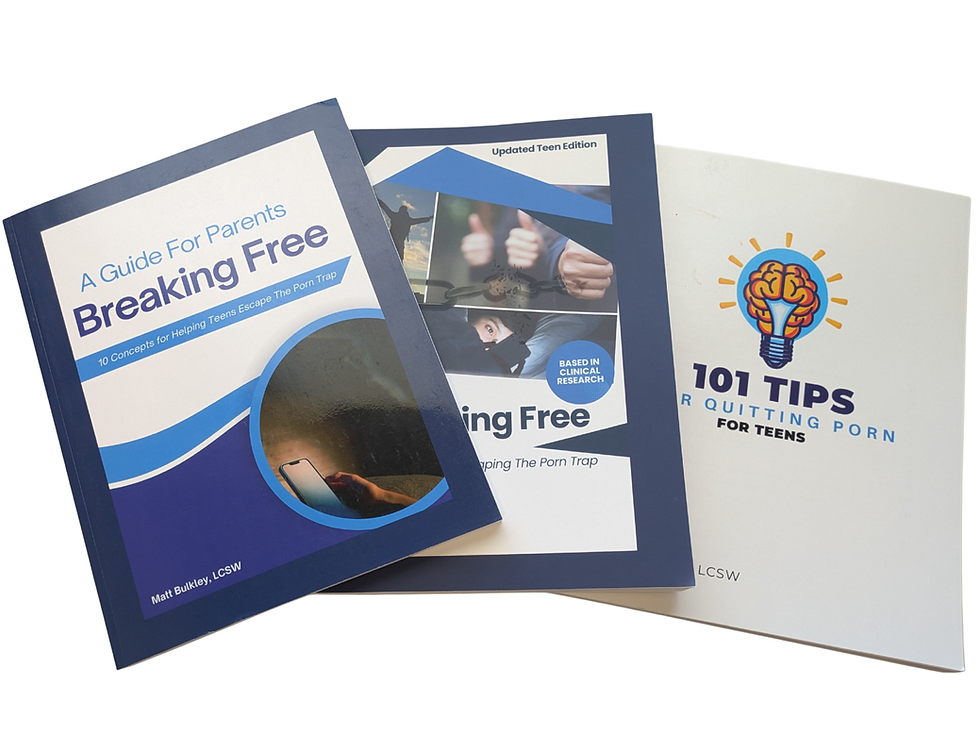Empowering Teens Through Creativity: Writing and Drawing as Tools Against Pornography Addiction
- Matt Bulkley

- Jun 17
- 2 min read
Updated: Jun 18
As parents, it’s essential to support our teens in navigating the challenges they face, especially when it comes to issues like pornography addiction. One effective and creative strategy to help your teen stay on track is encouraging them to write their own stories or create comics. Let’s explore how this can be a powerful tool for emotional expression and personal growth.
The Power of Creativity
Life can be overwhelming for teens, filled with stress, boredom, and complex emotions. In these moments, it can be tempting to revert to old habits, such as watching pornography. However, engaging in creative activities like writing or drawing can provide a healthy outlet for those feelings. Research published in the Journal of Adolescent Health indicates that creative expression can help teens process their emotions and reduce stress. When your teen writes a story or sketches a comic, they are not just passing the time; they are finding a constructive way to express what’s on their mind.
Rewriting Their Narrative
Therapists often use a technique called narrative therapy, which encourages individuals to rewrite their life stories. By creating their own narratives, teens can position themselves as the heroes of their own journeys, rather than feeling trapped in cycles of negative behavior. A study from the American Psychological Association found that teens who engage in creative writing can enhance their self-control and feel more empowered in their decision-making. Instead of succumbing to unhealthy habits, they can immerse themselves in a world where they are in charge—whether it’s a thrilling sci-fi adventure or a lighthearted comic about a quirky character.
Distraction and Focus
Engaging in creative activities also aligns with the concept of distraction theory. When teens focus on creating—like developing a plot or designing characters—they are less likely to crave old habits. A 2022 study in the Psychology of Addictive Behaviors found that hands-on creative projects significantly reduce the likelihood of relapse into behaviors like pornography use. By swapping a screen for a sketchbook, your teen can channel their energy into something positive and fulfilling.
Building Confidence
Moreover, creating something they are proud of can boost your teen’s self-esteem. Low self-esteem can often lead to seeking quick fixes, such as pornography, to feel better. Research from Child Development supports the idea that engaging in creative projects can foster a sense of inner strength, making teens less reliant on unhealthy coping mechanisms.
Encouragement to Create
Encourage your teen to grab a pen, some markers, or a computer and start crafting their own story. Whether it’s about a character overcoming challenges with a magical skateboard or a group of friends saving the universe, the possibilities are endless. This creative process is not just enjoyable; it serves as a protective shield against falling back into old habits.
In conclusion, writing and drawing can be powerful tools for your teen to express themselves, build confidence, and combat pornography addiction. By fostering their creativity, you are helping them take control of their narrative and empowering them to create a brighter future. What story will your teen choose to tell?










Comments